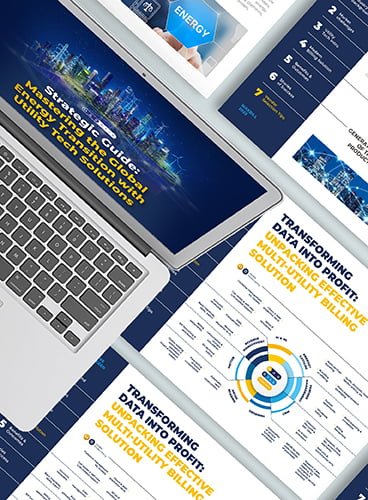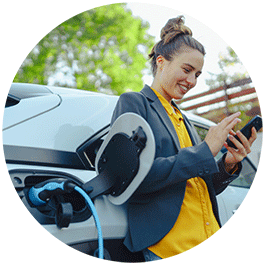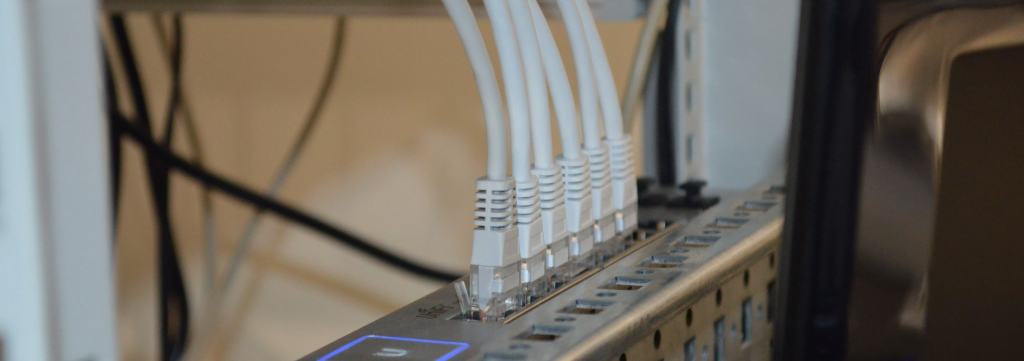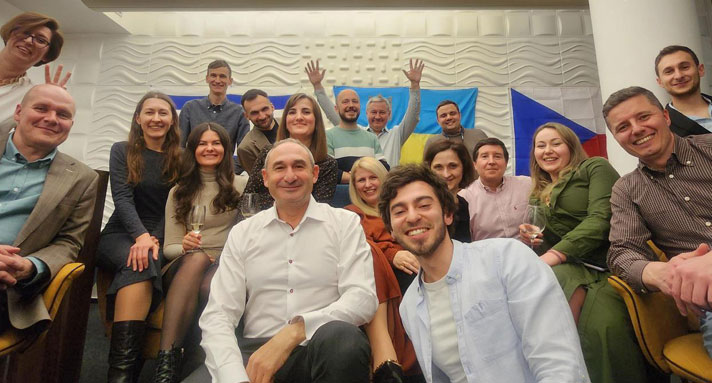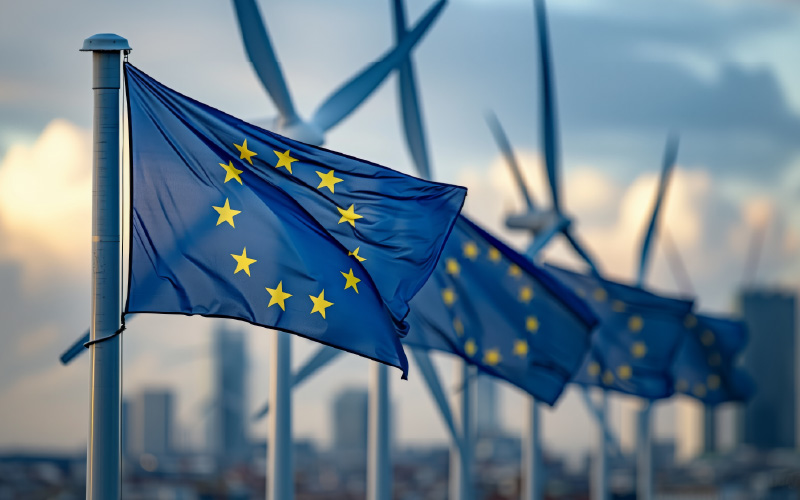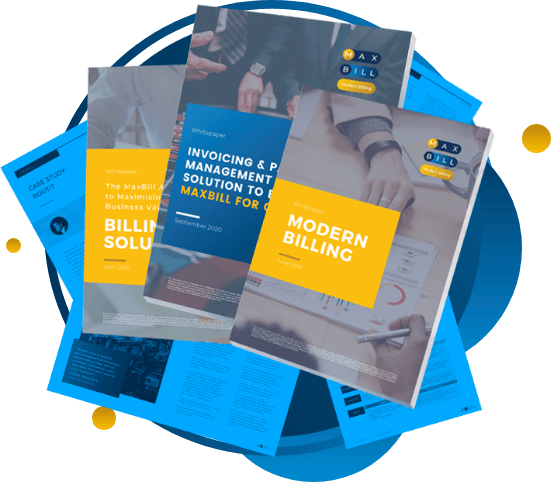Updated: July 22, 2025
The utility customer experience has become more critical than ever during this transition to renewables and current digital shifts in the sector in general. It is the driving force that separates successful utility companies from those struggling to keep up.
With the rise of new technologies and an increasing focus on customer satisfaction, the utilities sector is experiencing a shift towards more customer-centric business models.
In this article, we will explore the latest trends in the utility experience. From the growing importance of personalisation and self-service options to the impact of emerging technologies like Artificial Intelligence and the Internet of Things, we will examine the key factors shaping the future of service requests in utilities.
We will also outline some of the challenges that utility companies face in delivering an exceptional customer journey. By understanding these obstacles and exploring the utility customer experience trends, companies can better position themselves to meet people’s needs and drive business growth. So, let’s dive in.
Utility Experience & How It Evolved Over the Years
In this chapter, we’ll outline the most essential shifts that have happened over the last two years.
- Customers no longer prioritise stable costs for utility services. Instead, they want more dedication from their service providers and consider it a given that their services will always be available without interruption. Included in this are quicker responses and individualized attention that go above and beyond simply paying the bills. They want to make the best possible use of their resources.
- Consumers have high expectations, shaped by their interactions with companies like Amazon, Google, Netflix, and Airbnb. These companies provide personalized and curated data based on users’ preferences and communicate through the channels that users prefer.
- Self-service and digital experience are important. In a poll of 1000 household utility bill payers, it was discovered that 61% had become accustomed to using digital technology since the pandemic and 72% desired improved self-service and seamless access to some consumption data.
- If better deals show up, customers are likely to switch providers. The same study asserts that 63% are more inclined to shop around for better offerings from several providers. 51% of people will choose to switch to a different service provider whenever a better offer becomes available.
Related:
“Utility Customer Experience: How Automation Tackles Key Challenges.”
Customer Experience in Utilities: Top Trends of 2026
Smarter Customer Care
Utility companies often have a large user base to maintain and support. They need to make the information about their services comprehensible and readily available to the customers to avoid miscommunication and customer churn as a result. Ideally, upcoming issues and complaints have to be identified and prevented or solved as quickly as possible. Such a task is huge and complex, which is the case scenario for process automation.
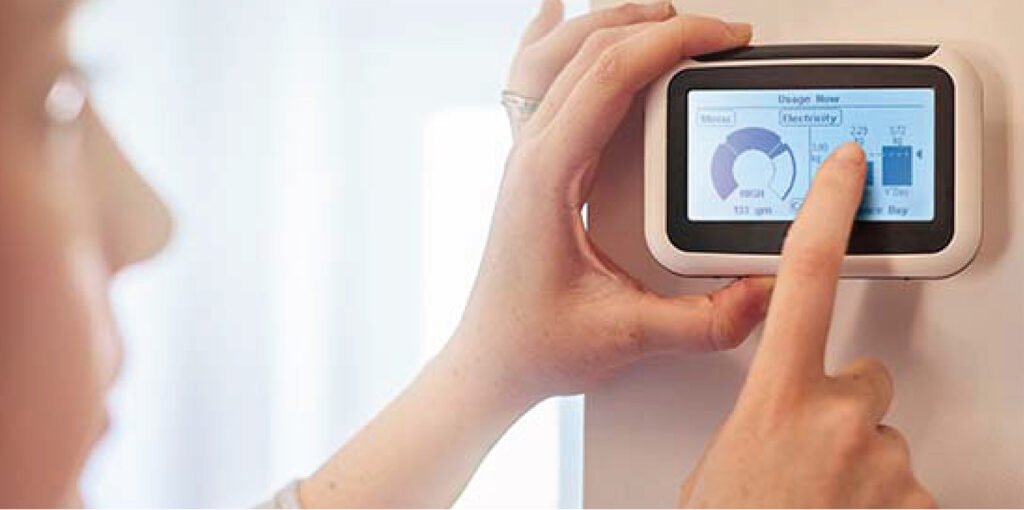
Data Analysis and 360-Degree-View
Delivering a radically positive customer experience in utilities requires a deep knowledge of what people could need and want.
Hyper personalization is a great way to solidify the customer’s loyalty.
To provide extraordinary levels of personalisation, utility providers can (and should) use the abundance of data they receive every day productively.
Roberta Bigliani at IDC says that customers are frustrated because they know the utilities have their data, but they don’t use it in ways that improve the customer experience. At the same time, most providers have a multitude of opportunities for enhancing CX. With help of machine learning and intelligent data processing, companies can identify consumption patterns and use the results to create specifically tailored offers for a particular user base, educate consumers about power conservation and smart usage, improve the transparency of the billing process, and many more. That’s one of the most essential customer experience trends in utilities.
Chatbots, AI and Self-Care Portals for Consumers

The traditional call centres don’t have enough capacity to handle each customer with the attention they demand. Also, multiple channels of company-user interactions have to be supervised: 96% of energy and utility businesses use more than 3 ways of communication, including phone calls, email, social media and messaging apps.
CGS proves, that consumers want to have the opportunity to handle more tasks by themselves, a behaviour that benefits both a company and a customer. Utilities can support this initiative by offering their users a self-care portal where they can view and manage their services. These platforms user intuitive, satisfy the most requests from consumers and notify the operators when the issue is too complicated or unusual. The perfect technology to answer all the mentioned demands is hyper-automation, a combination of multiple intelligent technologies like AI and ML.
Energy Engagement Role Shift: Time of Prosumers and Bundled Services
“I get energy from my solar rooftop, have capacities to store it, and am ready to share it with my neighbor.” That’s where customer experience in utilities is moving to: everyone will be capable of both producing and consuming.
The changing role of customers is paving the way for the emergence of peer-to-peer (P2P) markets. Even though not everyone may afford it today, there is a growing interest among people to cut bills and find better deals.
Customers may also face energy engagement as a supplementary good into primary goods, such as “an electric car that produce its own electricity” or “a house that keeps warm,” and the inclusion of energy in customer-focused subscription agreements. The vendors of these goods collaborate with energy providers and use billing solutions as a middleman to achieve accurate and transparent invoicing.

The energy environment will become more complex. Production costs decline, energy generation technologies evolve to micro-scale, energy services are supported by digital platforms, and energy customer engagement is gaining traction. Utilities will be looking for an aggregating agent aka all-in-one platform that meets these demands to optimise the customer experience and serve as a single point of contact for all energy-related needs.
Related:
“Energy As A Service Provisioning Model: Power of Digitalisation”.
Preparing for the Future: Key Takeaways for Utility Companies
While providing the public with current life essentials, energy and utility companies still have a long way of customer service evolution ahead. The aftermath of the COVID-19 pandemic and the rise of alternative distributed energy suppliers push traditional utilities to improve customer experience (CX) strategy and performance.

Utilities have gathered data for many years, now it’s time to put it to good use. By using data analysis, companies can get a 360-degree view of their user base. Their current needs and pain points can be dealt with early, reducing the amount of customer dissatisfaction. Reports based on such analysis can be a good foundation for more personalised service offers and better customer targeting.
Smart technologies like hyper-automation and AI make self-care portals a great option for providers to enhance company-to-customer communication. Consumers gain more control over their services, a clearer view of their consumption, and a better understanding of the situation. High levels of utility customer engagement and transparency will, in turn, improve customers’ trust and loyalty.
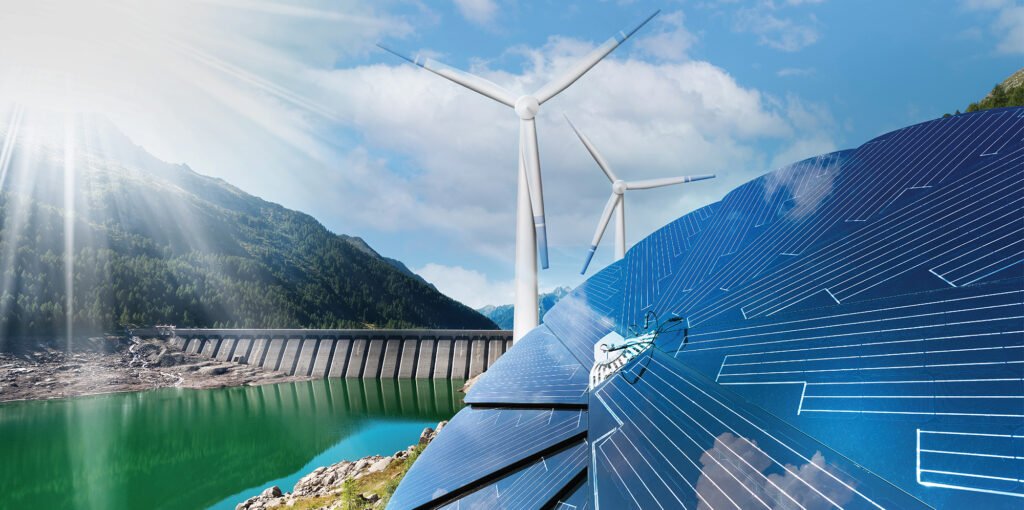
The transition to renewables and new types of energy engagement have streamlined the availability of innovative products and services, making it an important customer experience trend in utilities. Customers increasingly become prosumers and expect energy service provider assistance in “establishing and formulating” relationships between all three parties involved: providers and two consumers aka prosumers. This shift leads to greater flexibility, diversity, and customer-centricity.
Related:
“Energy transition: tech trends that bring utilities on top.”
